Using Helicopter Stories with EAL Learners
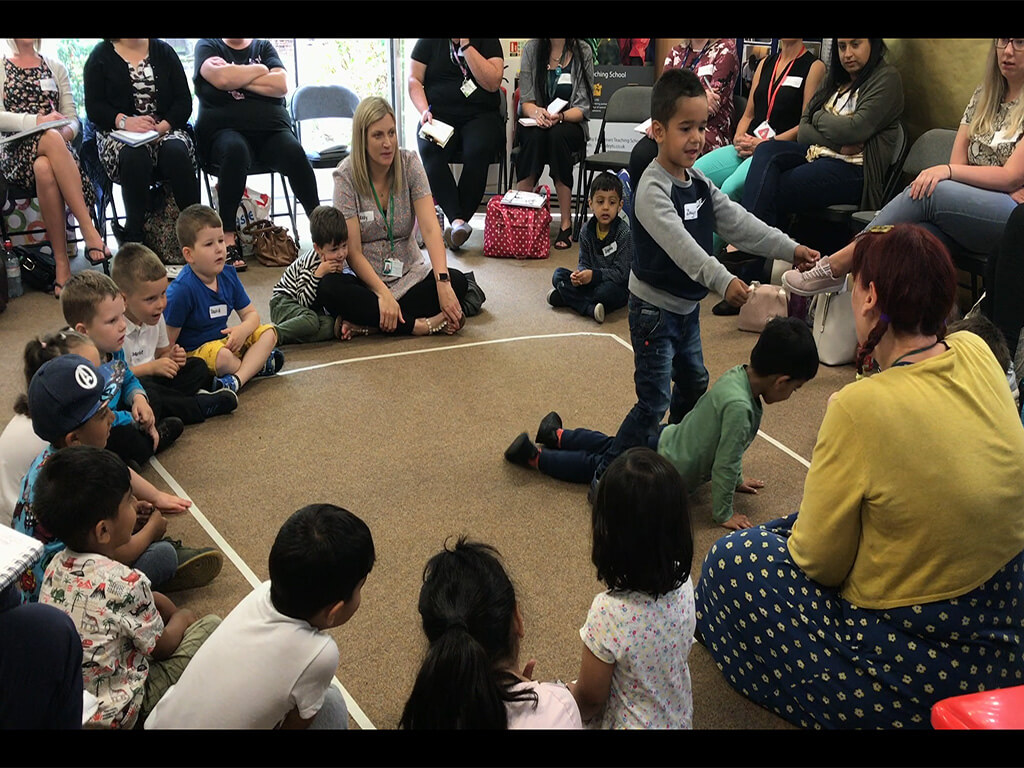
“Brrrrrm, Brrrrm, Brrrrm, Brrrrm,
Hamir aged 5
Brrrm, chhhhugg chhhuggg chhhugg chhhuuuggg chhuuugg
Chuggg chhhhhh eeeeeeeeeeeeeeekkkkk ahhhhhh…”

Hamir is a 5 year old boy I met a couple of years ago in a Reception classroom in Tower Hamlets. His first language was Bengali and he spoke very little English. It was September, and Hamir had only been in the school a few weeks before I started delivering Helicopter Stories with his class. He took to the approach immediately, jumping onto the stage and acting out the role of a tiger crawling through the jungle. This told me and his teacher far more about his comprehension skills than any baseline assessment could.
Later that morning, Hamir came to tell me his first story. His teacher shook her head behind his back, and mimed to me that he couldn’t speak English. I shrugged and smiled at her. Hamir was standing beside me, his face beaming. There was no way I sending him away.
“Have you got a story for me Hamir?” I asked. He nodded, his face lit with excitement. I could sense his teacher behind me, ready to rescue me should Hamir fail to produce words. “It’s okay,” I said. “Whatever happens, it’s okay.” She seemed to relax, but continued to watch, keen to see what Hamir would do.

I patted the seat next to me so Hamir could sit down. He sat for the briefest of moments, and then he jumped up. He placed his hands in front of him and held onto an imaginary steering wheel. He moved around the area in front of me making car noises. “Brrrrrm, Brrrrm, Brrrrm, Brrrrm”.
“Do you want me to write that down?” I asked, as I always do. Hamir stopped for a moment, looked at me and nodded. I repeated the sounds, ‘Brrrrrm, Brrrrm, Brrrrm, Brrrrm,’ spelling them as best I could. He looked at my pen and paper and then at my hand scribing his words and then he continued.
“Brrrm, chhhhugg chhhuggg chhhugg chhhuuuggg chhuuugg…” Hamir didn’t stop moving as he spoke, circling around in front of me in his imaginary car.
“I need to catch your story,” I said to him, desperately trying to record the sounds he was making. He stopped vocalising, although continuing to run around, moving his invisible steering wheel to determine his direction. As soon as I looked at him the sound came back and he presented me with the climax of his tale.
“Chuggg chhhhhh eeeeeeeeeeeeeeekkkkk ahhhhhh…” As he said the word “eeeeeeeeeeeeeeekkkkk” he reared up as if crashing into something and stopped in his tracks. The word “ahhhhhh” was followed by him falling to the floor. Smiling I recorded his sound, enjoying my role of mark making to ensure I captured his story.
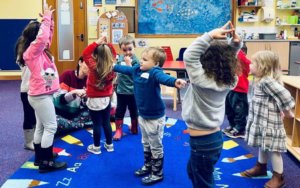
Just before dinner time we returned to the stage to act the stories out. Hamir’s turn arrived and I looked at his page in front of me and wondered how I would read it. “This is Hamir’s story,” I said, indicating to him. “He is going to be the driver of a car in this story.”
Hamir stood on the taped out stage. “Brrrrrm, Brrrrm, Brrrrm, Brrrrm,” I began, and immediately he sprung into life. His face lit up, his hands grasped the steering wheel that was so vivid in his imagination and he sounded and acted out the story of the car that drove too fast and eventually crashed. The watching children clapped and gasped as Hamir fell to the floor at the end of his tale, and his teacher looked at me, bemused.
Helicopter Stories works as an innovative approach to teaching language. Young children, whatever their first language, don’t learn to speak by rote. They are surrounded by it, immersed in it, until it becomes second nature. When learning a second language, however, it is possible to lose that natural sense of submersion which enables a child, or an adult to take it up with the same easy confidence. This is what makes Helicopter Stories such a unique approach to understanding language. Was Hamir really telling a story? I would say definitely yes. The narrative structure was clear, the car sped up over the first few beats of the story, then there was a point of conflict, the crash, and finally a resolution, the driver fell to the ground. But alongside all of this, Hamir reaped numerous benefits on the way.
An inclusive approach
On that day, and on many days afterwards as his teacher continued to use Helicopter Stories in her classroom, Hamir had a chance to experience an inclusive whole class approach which valued every child’s contribution irrespective of their language, background or ability. His confidence grew as he realised that however he chose to share his tale, we could find a way to make it work. It did not matter that his ability to communicate in English wasn’t as strong as some of the others in his class; he was able to participate. Something which fed him and empowered the rest of his learning.
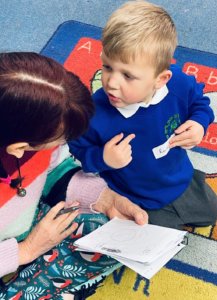
A huge stumbling block for many children when learning a second or third language, is that of confidence. The fear of making a mistake prevents them from trying, which in turn stops them making progress.
What Helicopter Stories does is give children back the power to communicate, without being restricted by the grammatical do’s and don’ts, or tricky spelling. They are free to experiment with language, which is incredibly motivating. They are also invited to do this through listening to the stories of others and creating their own stories, so their desire to find the words to communicate is heightened.
During Helicopter Stories, children for whom English is an additional language, are free to express themselves without fear of reprisal. For some children this can be something of a revelation.
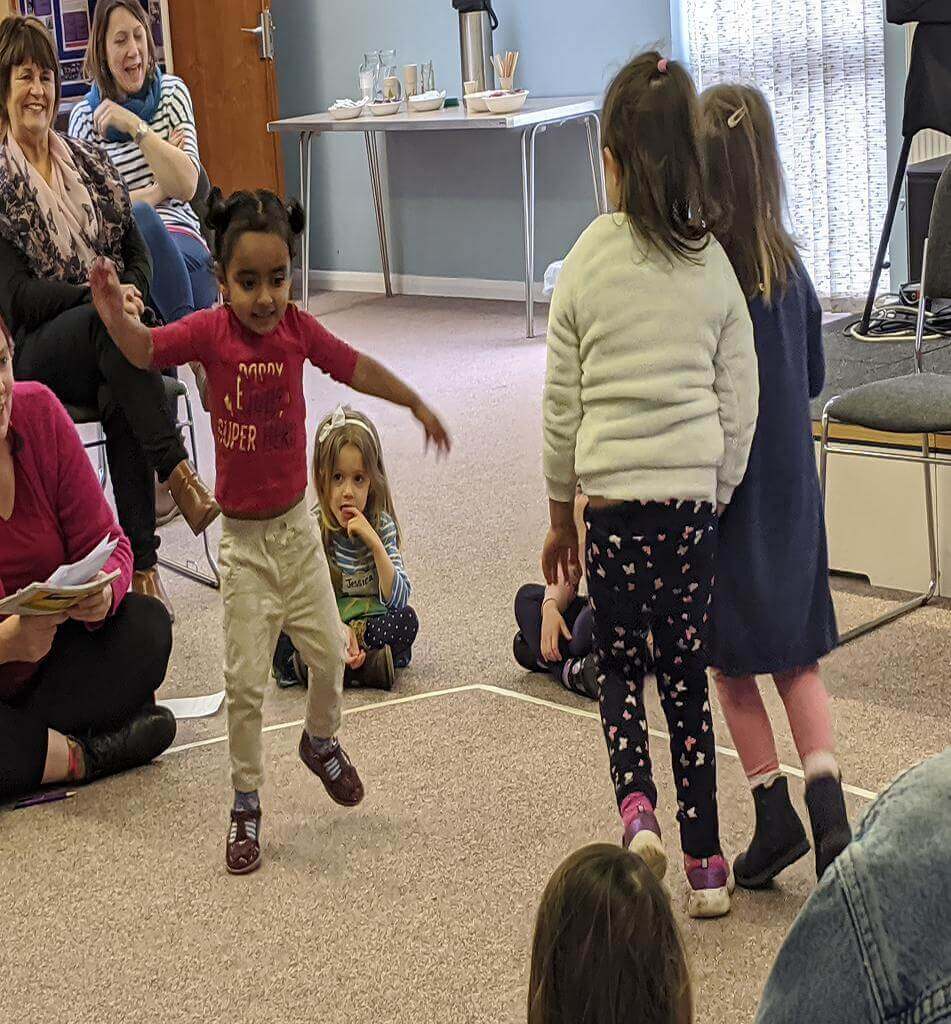
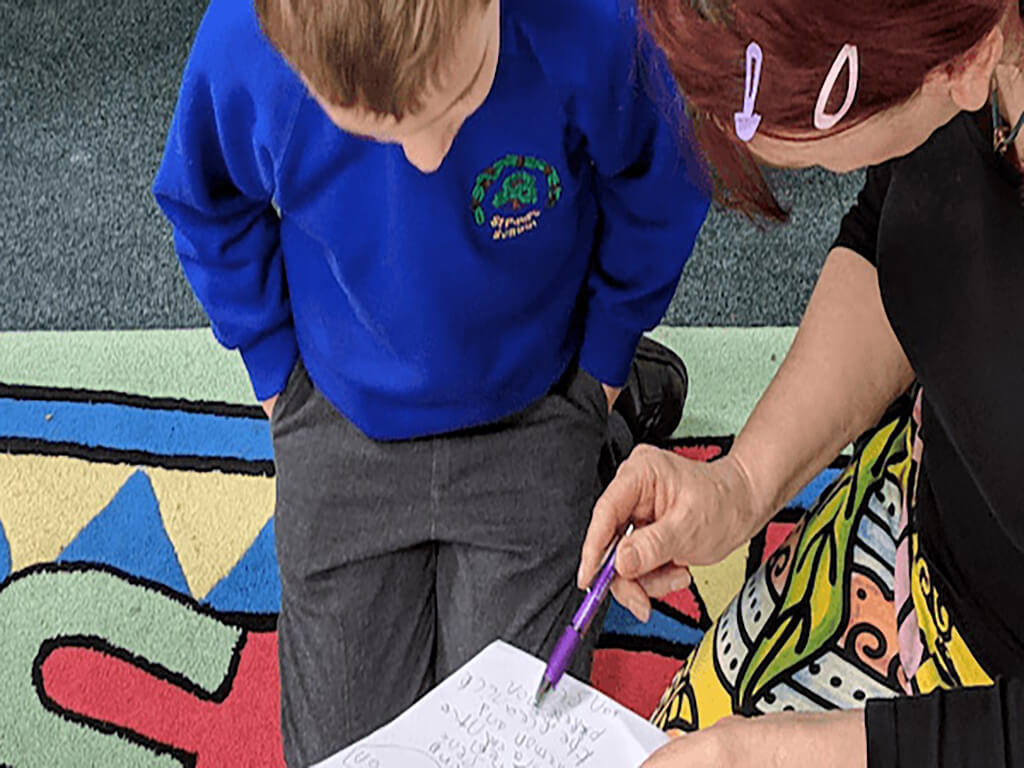
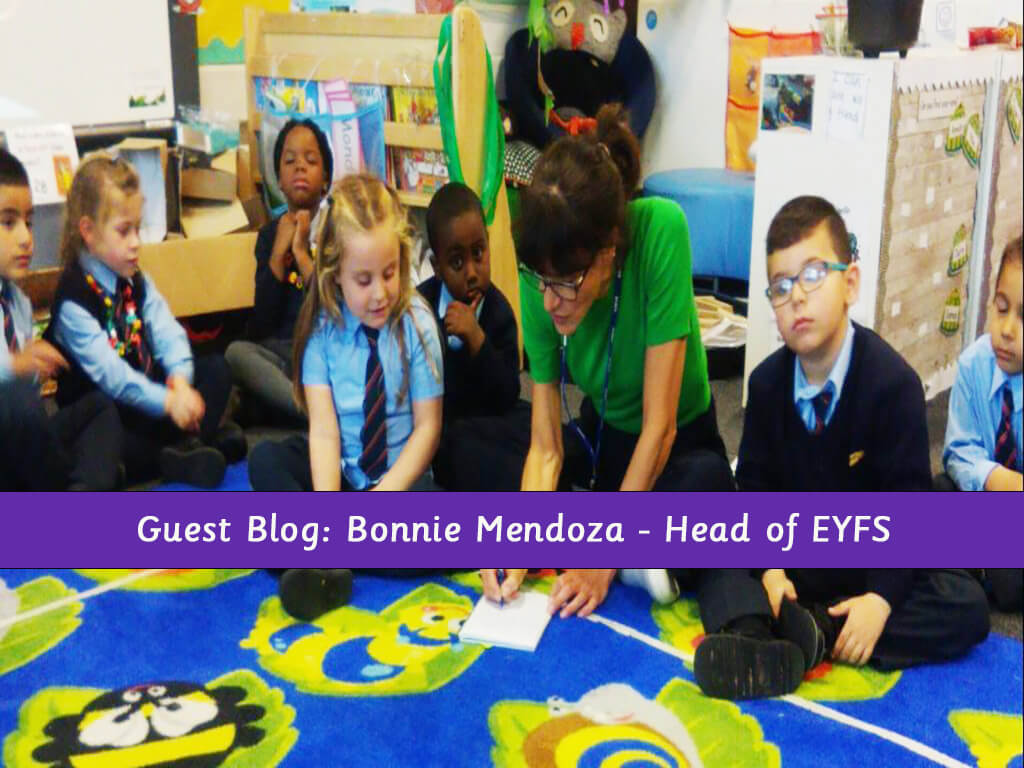
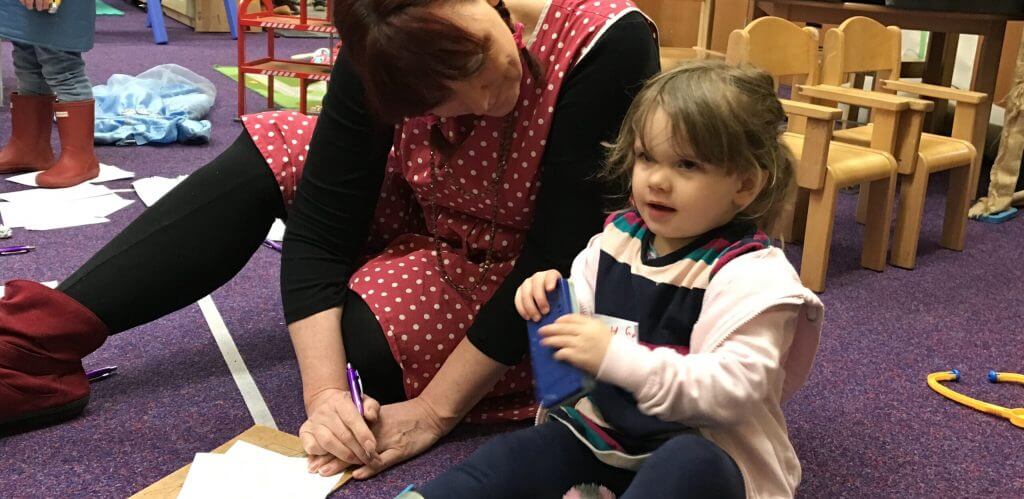
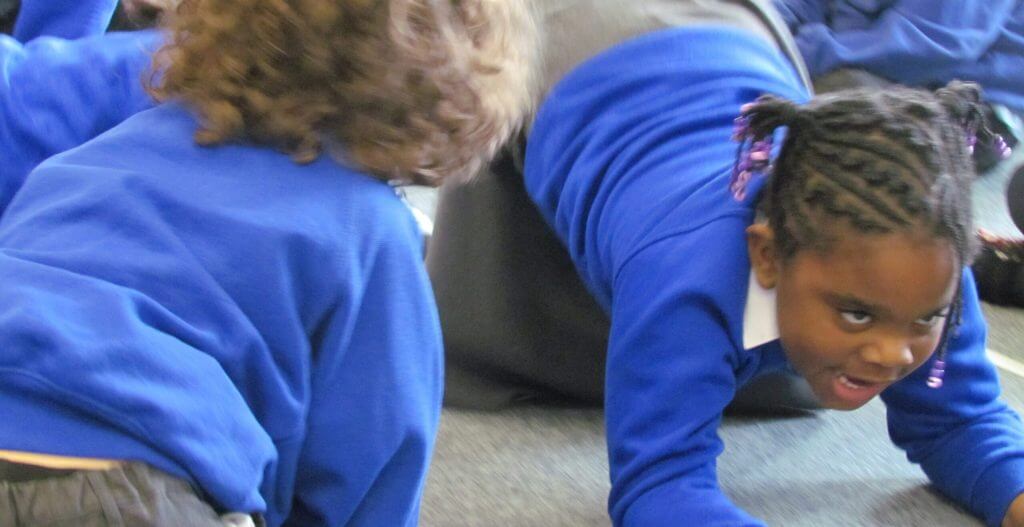
Such a lovely sharing! When we really see children with our hearts instead of our heads, we tap into their story. We draw children out, expand the narrative, and their ability to communicate, when we begin where they are and welcome them. Thank you for the work you do and for sharing it to the larger educational community.
Thank you Wendy. I couldn’t agree more, and love the expression – ‘seeing children with our hearts instead of our heads.’ I shall remember that, as it makes so much sense to what I try to do. xxx
I am an early years EAL educator who is always looking for innovative ways to teach English to my learners. Helicopter stories seems to look interesting. I have purchased the book but would like some inputs on how to make more engaging for my young learners.
Thanks
Hi Parul, Please let me know what more information you would like. I have always found that Helicopter Stories works very well for EAL learners. In my book I outline the four stages to introducing the approach. In stage 1 introduce some stories that you know will catch the interest of your learners. Make them up. if they like dinosaurs, make up some dinosaur stories and get them acting these out. Find the engagement from the things that fascinate them. The acting will keep them focused. Let me know if I can help further.